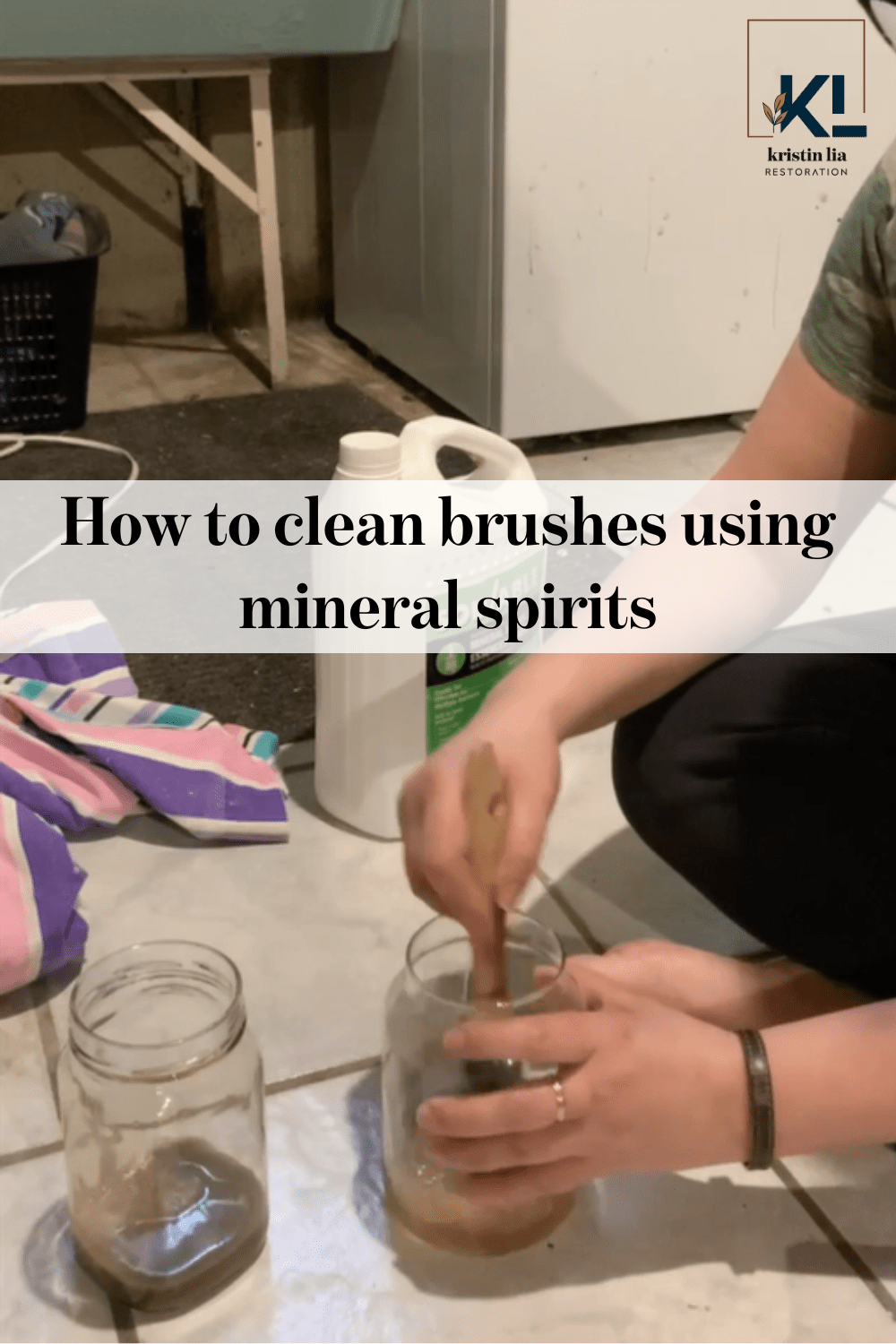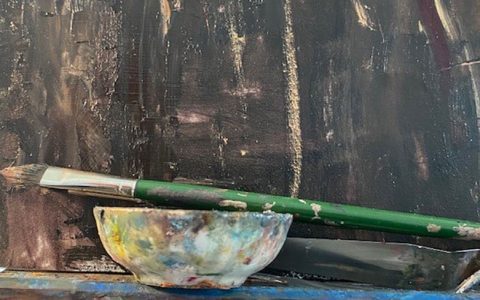Safety First
Always work in a well-ventilated area when using mineral spirits, as the fumes can be harmful. Wear appropriate personal protective equipment (PPE):
- Nitrile gloves: To protect your skin from irritation and absorption.
- Safety glasses or goggles: To shield your eyes from splashes.
- Respirator: If ventilation is poor or for prolonged use, use a respirator approved for organic vapors.
Keep mineral spirits away from heat, sparks, open flames, and any other ignition sources. It is flammable. Store in a tightly sealed, original or properly labeled container in a cool, dry, well-ventilated place away from incompatible materials.
Primary Uses of Mineral Spirits
Mineral spirits are versatile solvents primarily used for:

- Thinning oil-based paints, varnishes, and enamels: To improve flow and reduce viscosity. Add small amounts gradually, stirring thoroughly, until the desired consistency is achieved. Always follow the paint manufacturer's recommendations.
- Cleaning paint brushes, rollers, and spray equipment: Effective for removing wet, oil-based paint.
- Remove excess paint from the tool.
- Immerse the tool in a container with mineral spirits, agitating to dissolve the paint.
- For heavily soiled brushes, a second rinse in clean spirits may be necessary.
- After cleaning with spirits, wash with soap and water, then allow to dry.
- Degreasing metal parts, tools, and machinery: It effectively dissolves grease, oil, and grime.
- Apply with a rag, brush, or by soaking the part.
- Wipe or scrub the surface clean.
- Allow parts to air dry completely.
- Cleaning up spills and splatters: Can remove fresh oil-based paint, tar, or grease from certain surfaces. Always test on an inconspicuous area first to ensure it doesn't damage the material. Apply with a clean cloth and gently rub.
General Usage Guidelines
Preparation:
- Ensure adequate ventilation and wear your PPE.
- Protect surrounding surfaces from accidental spills.
Application:
- When cleaning, apply mineral spirits to a clean cloth or directly onto the item being cleaned.
- When thinning, pour a small amount of mineral spirits into the paint or varnish and mix thoroughly. Add more incrementally if needed.
Process:
- For cleaning, allow the spirits to work for a few moments to dissolve the substance, then wipe or scrub.
- For thinning, ensure complete incorporation into the paint or varnish by stirring well.
Disposal
Never pour used mineral spirits down drains, into sewers, or onto the ground. It is considered hazardous waste.
- Allow used mineral spirits to sit in a sealed, labeled container for paint solids to settle. The clearer liquid on top can sometimes be carefully decanted and reused for initial cleaning tasks.
- Dispose of used mineral spirits, settled paint sludge, and contaminated rags according to your local hazardous waste regulations. Contact your local municipality or waste management facility for guidance.
- Rags soaked with mineral spirits can spontaneously combust. Lay them flat to dry completely in a well-ventilated area away from ignition sources before disposal, or store them in a sealed, water-filled metal container until they can be properly disposed of.










